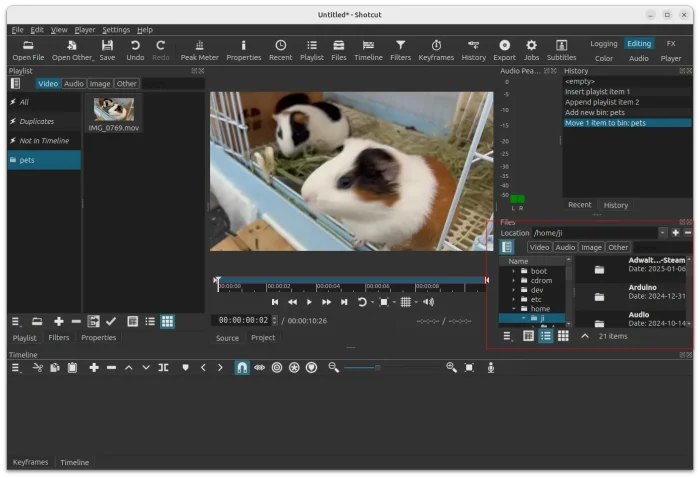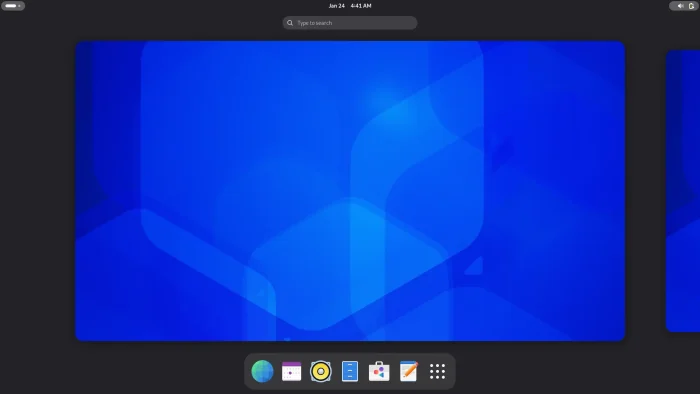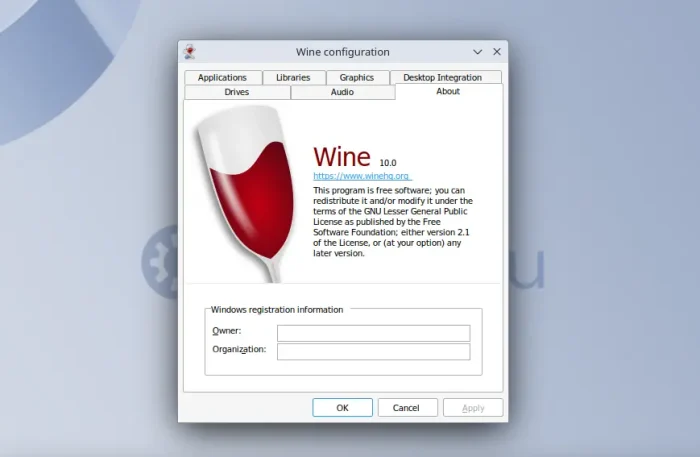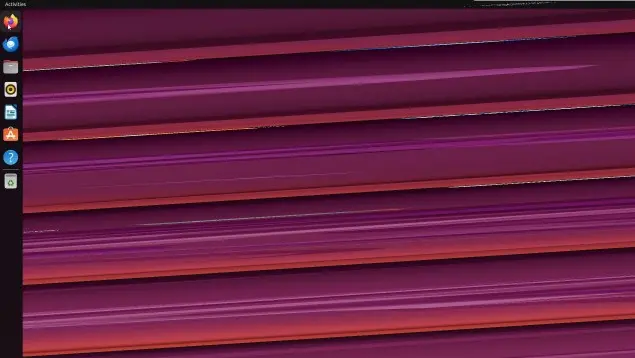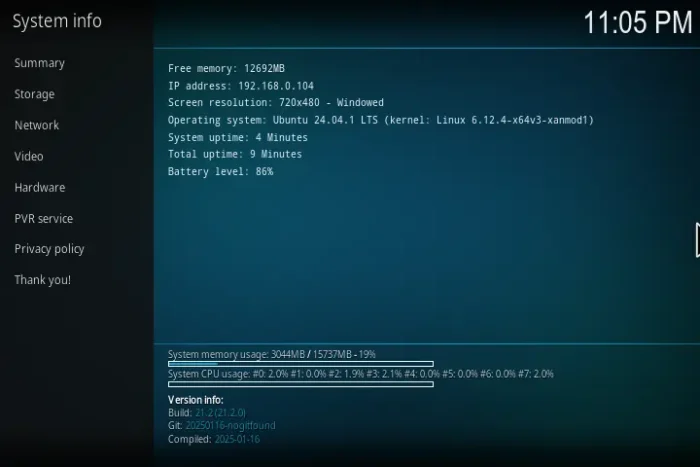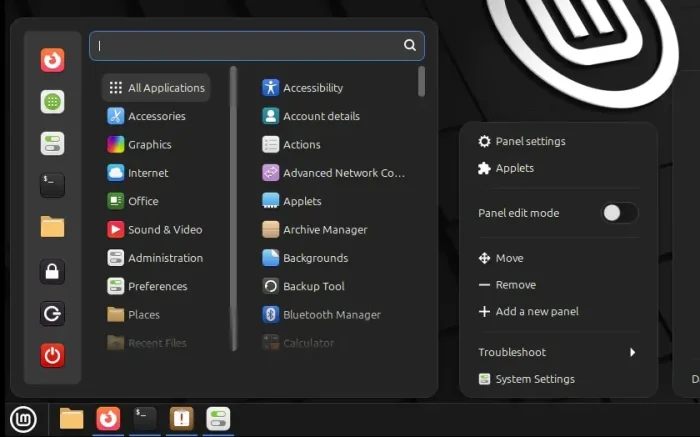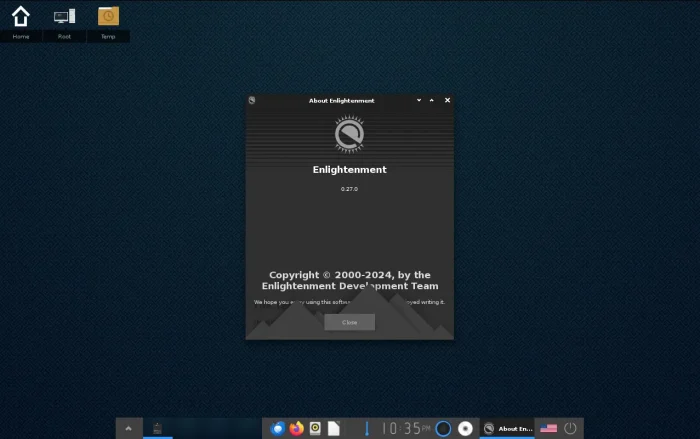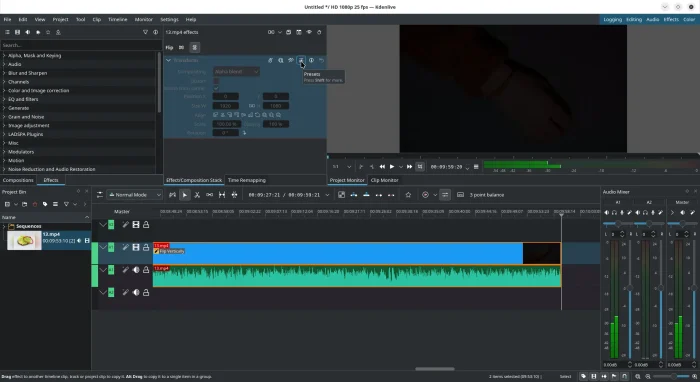Shotcut video editor released new 25.01 version today. See what’s new in this monthly release and how to install guide for Ubuntu.
Shotcut 25.01 introduced built-in file browser that can be toggled on/off through either “View -> Files” menu or Ctrl+Shift+4 keyboard shortcut. In addition, there’s new “Show in Files” option in Properties and Jobs, to quickly locate the file in built-in file browser.




